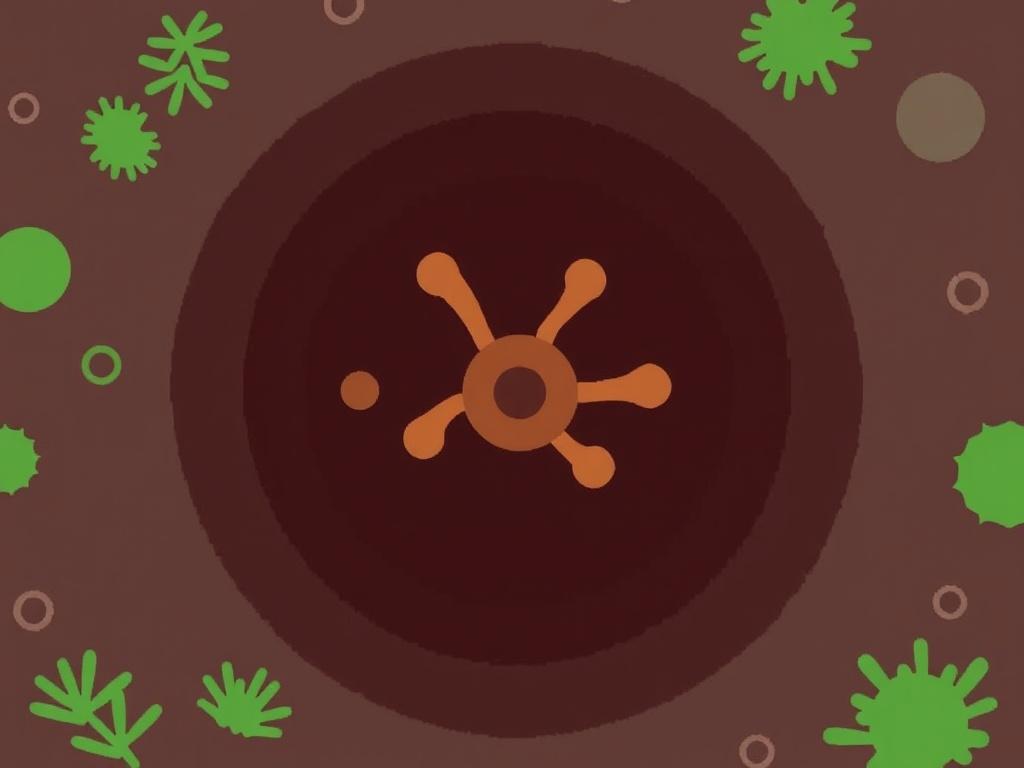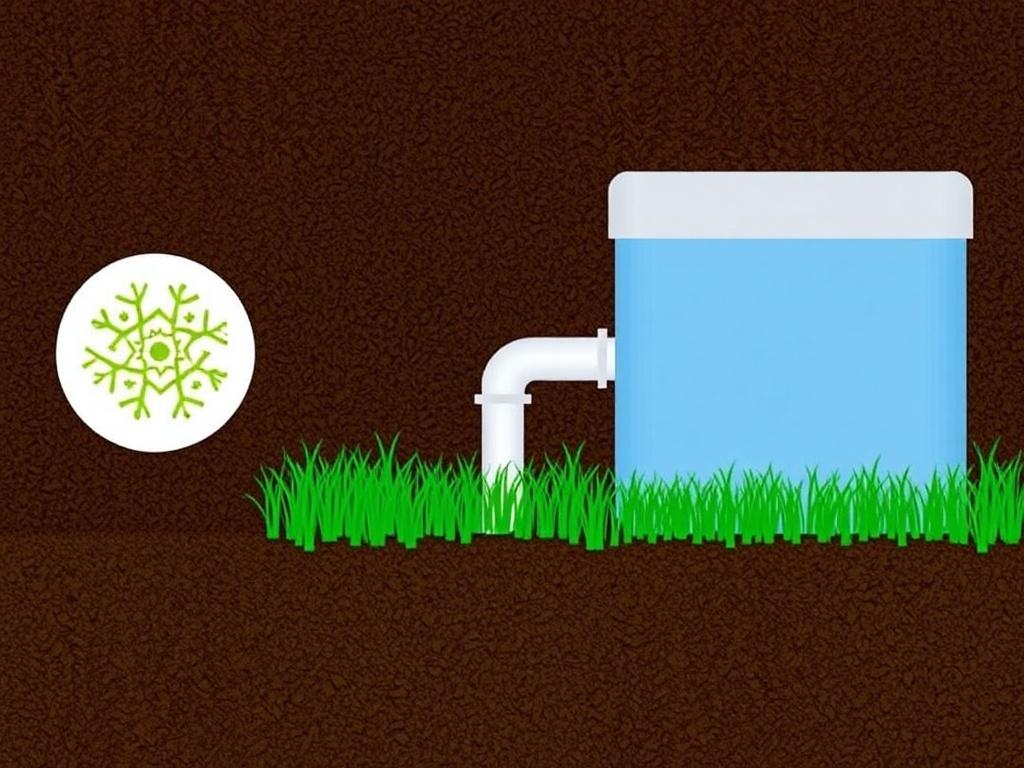When we think about septic tanks, many of us might picture a large underground container where all household waste magically disappears. However, the reality is far more fascinating—and it revolves heavily around something you can’t see with the naked eye: bacteria. Septic tank bacteria play a crucial role in the entire wastewater treatment process, breaking down solids and maintaining the health of your septic system. Without these microscopic helpers, septic tanks would quickly become clogged, smelly messes, creating expensive problems for homeowners. In this article, we will explore what septic tank bacteria are, why they are important, how to maintain them, and what to avoid to keep your system running smoothly.
- Understanding Septic Tank Bacteria: The Tiny Workforce in Your Septic System
- The Different Types of Bacteria in Septic Tanks
- Why Are Septic Tank Bacteria Important?
- 1. Breaking Down Waste to Prevent Backup
- 2. Minimizing Environmental Impact
- 3. Reducing Odors
- How to Maintain Healthy Septic Tank Bacteria
- 1. Avoid Flushing Harmful Chemicals
- 2. Use Septic Tank Treatments Wisely
- 3. Pump Your Septic Tank Regularly
- 4. Avoid Overloading the System
- Signs Your Septic Tank Bacteria May Be Declining
- How to Diagnose and Fix the Problem
- The Science Behind Septic Tank Bacteria
- Common Mistakes That Harm Septic Tank Bacteria
- Enhancing Your Septic System: Aerobic vs. Anaerobic Bacteria
- Benefits of Aerobic Systems
- Which System Is Right for You?
- Final Tips for Supporting Healthy Septic Tank Bacteria
- Conclusion
Understanding Septic Tank Bacteria: The Tiny Workforce in Your Septic System

At first glance, the word “bacteria” might set off alarms for some people. After all, we often associate bacteria with illness or contamination. But when it comes to septic tanks, bacteria are the good guys, essential for turning sewage into safer materials. Septic tank bacteria consist mainly of anaerobic bacteria, which means they thrive in environments without oxygen. These bacteria feed on organic matter such as human waste, food particles, and toilet paper, breaking them down into simpler compounds.
The septic tank acts as a primary sedimentation and digestion unit. Wastewater enters the tank, where solids settle to the bottom forming sludge, lighter substances form scum on top, and clearer liquid remains in the middle. It is the job of bacteria to digest the sludge and scum, reducing the volume of solid waste and preventing excessive buildup. Without these bacteria, the sludge layer would accumulate rapidly, leading to blockages and eventual failure of the septic system.
The Different Types of Bacteria in Septic Tanks
Septic tanks host a variety of bacteria performing different roles in breaking down waste. Here are some of the main types:
| Bacteria Type | Oxygen Requirement | Role in Septic Tank |
|---|---|---|
| Anaerobic Bacteria | No oxygen (anaerobic environment) | Primary decomposers that break down solids into liquids and gases |
| Facultative Bacteria | Can survive with or without oxygen | Assist both in aerobic and anaerobic digestion, enhancing waste breakdown |
| Aerobic Bacteria | Require oxygen | Usually found in secondary treatment (like aerobic tanks), break down waste faster |
While traditional septic systems rely mostly on anaerobic and facultative bacteria, newer aerobic systems encourage the presence of aerobic bacteria to accelerate decomposition and reduce odors. Understanding which bacteria your system relies on can help you better maintain it.
Why Are Septic Tank Bacteria Important?
To really appreciate why septic tank bacteria matter, it helps to look at the challenges septic tanks face without their bacterial partners.
1. Breaking Down Waste to Prevent Backup
Imagine your septic tank without bacteria—waste would accumulate rapidly with no means to break it down. The sludge and scum would keep growing, leaving less room for liquid waste to settle and drain. This buildup can lead to backups into your home or overflows in the drain field, which are unpleasant and costly to repair.
Bacteria naturally reduce the volume of solids by digesting organic matter. This ongoing biological process is what keeps sludge levels manageable between pump-outs, extending the time between more expensive maintenance visits.
2. Minimizing Environmental Impact
Septic systems are designed to protect groundwater from contamination. By breaking down waste inside the tank, bacteria reduce the number of harmful pathogens and solids entering the drain field. A well-functioning septic system relies on bacteria to minimize environmental pollution.
If the bacteria population is diminished, untreated waste might seep into surrounding soil and nearby water sources, posing health risks to the community and wildlife.
3. Reducing Odors
A foul odor coming from your septic tank or drain field is a strong sign something is wrong. Bacteria help to control smells by breaking down sulfur-containing compounds that produce unpleasant odors.
Without enough bacteria, wastes can stagnate, create dangerous gasses like hydrogen sulfide, and cause your system to emit a strong sewage smell.
How to Maintain Healthy Septic Tank Bacteria

Maintaining a healthy bacterial balance should be every homeowner’s priority to keep the septic system functioning optimally. Below are practical steps you can take.
1. Avoid Flushing Harmful Chemicals
Certain household products can harm or kill septic tank bacteria, including:
- Antibacterial soaps and cleaners
- Household bleach in large quantities
- Chemical drain cleaners
- Paints, solvents, and pesticides
These substances disrupt the bacteria’s natural process, often killing beneficial microbes and slowing down waste breakdown. It is best to use septic-safe products and limit the use of harsh chemicals.
2. Use Septic Tank Treatments Wisely
There are many commercial septic tank treatments marketed as bacterial boosters to help maintain or restore bacteria populations. These products contain enzymes or live bacteria meant to enhance the digestion process.
While some treatments can be helpful, especially in old or neglected systems, they are not a substitute for proper care and regular pumping. Overuse or reliance on treatments without proper system maintenance might not solve underlying issues.
3. Pump Your Septic Tank Regularly
No matter how healthy your bacteria, sludge will eventually accumulate to levels requiring pumping. The frequency depends on tank size and usage but is typically every 3 to 5 years.
Regular pumping removes excess solids that bacteria can no longer process effectively, preventing overflow and maintaining bacteria effectiveness.
4. Avoid Overloading the System
Excessive water use can flood the septic tank, diluting the bacterial population and reducing treatment efficiency. Simple steps like fixing leaks, using water-efficient appliances, and spacing out laundry loads can help preserve bacterial health.
Signs Your Septic Tank Bacteria May Be Declining
It’s important to recognize early signs of bacterial imbalance so you can take corrective action. Here are some symptoms to watch for:
- Slow draining sinks, toilets, or showers
- Foul odors near the septic tank or drain field
- Pooling water or wet spots in the yard near the system
- Gurgling noises in drains
- Septic system backups into the home
If you experience these issues, it could mean the bacterial population has been compromised, and the waste breakdown process is slowing down or stopping.
How to Diagnose and Fix the Problem
In many cases, a simple inspection and pump-out by a professional can restore balance. If bacterial decline is suspected due to chemical contamination, stopping those behaviors is crucial. In stubborn cases, bacterial additives might be recommended by a septic service expert.
The Science Behind Septic Tank Bacteria
Let’s break it down with a simple overview of how bacteria work step-by-step inside a septic tank:
| Step | Bacterial Process | Outcome |
|---|---|---|
| 1. Entry of Wastewater | Wastewater containing organic matter enters the tank | Solids settle to the bottom, scum rises to top |
| 2. Anaerobic Digestion | Anaerobic bacteria break down solids and scum into simpler compounds like methane and carbon dioxide | Sludge volume reduces, less solids sent to drain field |
| 3. Liquid Disposal | Partially treated liquid flows out into the leach or drain field for further treatment by soil organisms | Safe dispersal and absorption into soil |
| 4. Continuous Cycle | Bacteria continue digesting incoming waste, maintaining system balance | System functions smoothly with minimal odor and backup issues |
The efficiency of this biological process relies heavily on a balanced and diverse bacterial population inside the tank.
Common Mistakes That Harm Septic Tank Bacteria
Many homeowners unintentionally do things that harm septic tank bacteria. Here are some pitfalls to avoid:
- Flushing non-biodegradable items like wipes, feminine hygiene products, or paper towels
- Using harsh cleaners repeatedly and in large doses
- Pouring grease or cooking oils down drains, which can clog and smother bacteria
- Ignoring routine septic tank pumping schedules
- Treating the septic system as a regular sewer without understanding its biological nature
Changing these habits can make a big difference in preserving bacteria health and extending the life of your septic system.
Enhancing Your Septic System: Aerobic vs. Anaerobic Bacteria

Traditional septic systems rely on anaerobic bacteria that work slowly because they live without oxygen. However, newer systems—called aerobic treatment units—introduce oxygen into the tank to encourage aerobic bacteria.
Benefits of Aerobic Systems
- Faster waste breakdown
- Reduced sludge levels, meaning less frequent pumping
- Better odor control
- Higher quality effluent safer for discharge
However, aerobic systems require electrical power and more maintenance, which can add cost and complexity.
Which System Is Right for You?
Most homes with standard septic systems function well relying on anaerobic bacteria, especially when maintained well. If you’re looking for enhanced treatment and live in an area with sensitive environmental concerns, an aerobic system may be worth considering.
Final Tips for Supporting Healthy Septic Tank Bacteria
To sum things up, here are some easy-to-remember tips that can help keep your septic tank bacteria thriving:
- Use only septic-safe toilet paper and household products
- Don’t flush chemicals, wipes, or grease down your drains
- Monitor water consumption to prevent overwhelming your system
- Schedule regular septic tank inspections and pump-outs
- Consider bacterial additives if recommended by professionals
Following these simple steps will protect the delicate bacterial ecosystem inside your tank, ensuring your septic system stays reliable and efficient for years to come.
Conclusion
Septic tank bacteria are the unsung heroes of wastewater treatment in on-site sewage systems, quietly breaking down waste, preventing backups, minimizing odors, and protecting both your home and the environment. Understanding their role allows you to care for your septic system with the respect and attention it deserves. By avoiding harmful chemicals, maintaining routine upkeep, and supporting a healthy bacterial balance, you can extend the life of your septic tank and save money on costly repairs. Remember, these tiny microorganisms work tirelessly beneath your feet—so taking care of them means taking care of your home.
Помогла вам статья?






